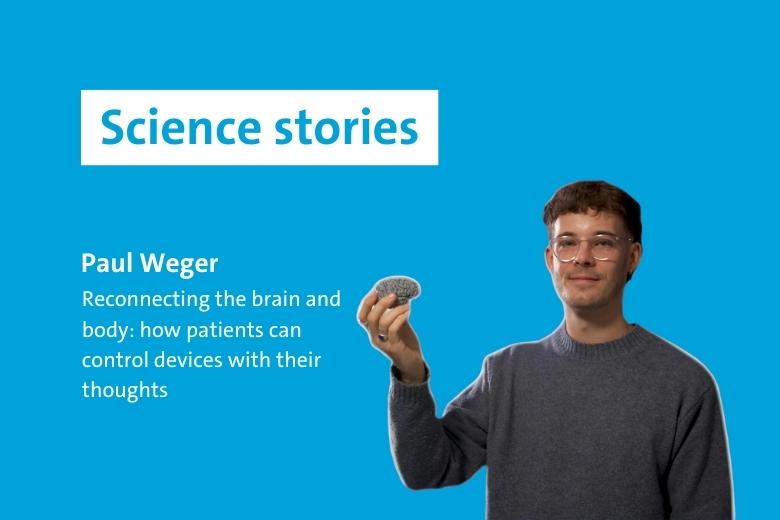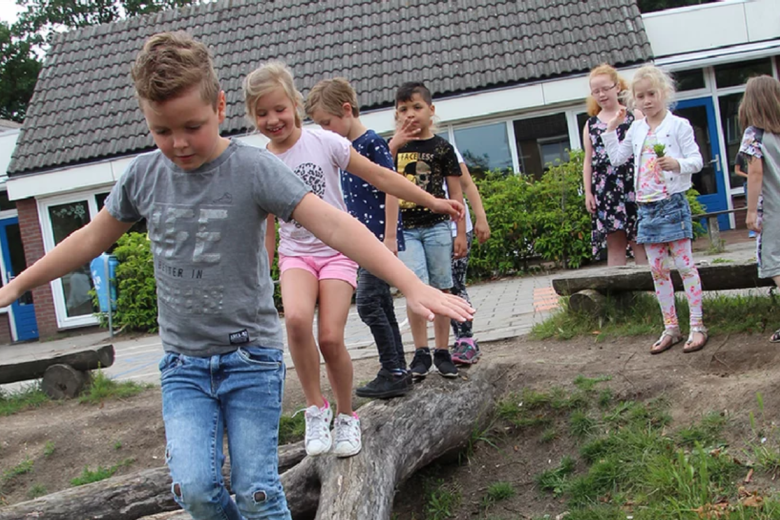We make a healthy society together
When it comes to health promotion, the branch that Prof Matty Crone deals with, the interaction between physical and mental health on the one hand and the social context on the other is crucial. That social problems affect people's health, and health problems often become extra complex as a result, is well known. But how exactly does that interaction work? And how can we intervene in it? Matty Crone researches the interplay where prevention, the neighbourhood, government and care meet. She has the ambition to bring about real change partly from her role as one of the permanent ambassadors of the Prevention & Vitality Programme of MUMC+/UM.
Matty Crone: “My chair is called ‘Health Promotion and then specifically the connection between prevention and care’. In this, I deal with the complex interactions between health problems and social problems. I look at three parts: firstly, I want to understand how this complexity fits together. How health problems and social problems influence each other. Because if that interaction is there; where and when exactly does it happen? And how does clustering of health problems occur at any given time? How does that happen over time? The second part is: what can you do about it? If it is so complex, it also means that you probably won't get there with one intervention but need several. How do you link them together? What is possible? How do you tackle it within families where it is often not just about parents and not just about the child but about the whole? And the third part is: there are many great interventions in the Netherlands that are not being used. How do you make sure that you don't invent new things, but look at how to use what is already there - with maybe some improvements?”
GP data and other existing data
Crone: “One of the things we are doing to get a grip on the complexity of social and health problems - I was already working on this in Leiden as well - is to understand together with the target group what processes play a role in it and also combine this with the analysis of existing data such as GP and CBS data. GP data provides a lot of information on health problems and diagnoses because almost everyone visits a GP. So those data give us a lot of important information - anonymised, of course - about when problems arise. They also allow us to study the course of problems over time; to look at changes at individual and family level. Using CBS data (also anonymised, general data), we can see what kind of household groups of people form, their income, whether they have debts and whether they are known to be in youth care. If we combine that with GP or hospital data, for instance on conditions, we get insight into the complexity of social and health problems in neighbourhoods, municipalities or regions. I think linking with data from The Maastricht Study will also take us further in the long run. Although CBS and GP data have long been available digitally, working with them is actually only now being properly discovered”.
Creating continuous lines is then hardly possible for municipalities, while they are crucial in the whole story.
Continuous lines
Crone: “It is important to link district care and prevention properly. If you look at municipalities: one moment they get extra money for something and the next moment it is taken away again. Creating continuous lines is then hardly possible for municipalities, while they are crucial in the whole story, especially because of the perception of health, which is largely in the social domain. What you often see happening now is that we do something, for one moment and then it stops again when the money runs out. In primary schools, for instance, all kinds of things are regulated about health and in secondary schools there is a different or less clear policy. There is no line in it. One of the things Trendbreuk1 is now looking at is group care instead of individual care around pregnancy. A group of women who are at the same stage in their pregnancy not only get the health checks, but also discuss other aspects around health, childbirth and parenthood together. In addition, they can offer each other social support. Group care has a number of positive effects on the health of mothers and children. It would be completely wonderful if we can continue these groups after pregnancy so that the cohesion does not stop but continues”.
Physical, mental and social context
Crone: “The importance of the social context is becoming increasingly clear. In the past, the focus was mainly on the physical and then the mental aspect: now we see that health is a combination of physical, mental and social well-being. The social dimension, for example, means getting support from those around you. Many people do know, that if you have a lot of social problems, that also affects your health. But which of the people who experience this themselves know how to find the button to change that? We often jump to the conclusion that people can do that themselves. But I don't always agree. It is also about trust in others and in the systems you depend on. Systems in healthcare and government are often so complex. If everything goes well with you and you don't need anything from the municipality or government (except paying taxes and applying for a new ID card) you hardly notice. Then you have enough control over your life so that - even if something goes wrong - things will be fine. But for people whose lives are less well off, this is often not so easy, also because they have to deal with multiple agencies and systems more often. Besides: the whole world is becoming increasingly complex, also with these digital developments. If all this continues, the differences will only increase”.
Prevention and care
Crone: ‘In the cooperation with the hospital, I am, among other things, involved in the Prevention & Vitality Programme in which we want to implement interventions in a sustainable way to improve the well-being and health of patients, staff, students and residents. One of the projects is the ‘Vitality Counter’ that supports patients who want to work on their lifestyle. I am also involved in projects on digital care. Digital care applications are not automatically equally accessible to everyone, which can contribute to greater health inequalities. Take access to the healthcare portal, for example. For that, you need a DigID, and if you have one, you also need to know how it works when logging in. There are also more and more home monitoring programmes. From Maastricht UMC+ and the other UMCs in the Netherlands, we want to develop strategies to improve this kind of digital care together with patients in the coming years”.
I like it when you see that things really change.
Impact
Crone: “We are working on getting medical students to pay more attention to prevention, and to include the importance of a patient's social context. That they know how to involve that in health issues, for example through existing initiatives such as the Vitality Counter. Furthermore, I hope we can change things in the neighbourhoods: how we can ensure within those neighbourhoods, where a lot is already happening, that the supply is more accessible and better linked, and that that will help us take big steps towards breaking the trend.
After a difficult start - I myself was born at 28 weeks' gestation with just under a kilo in weight - I actually had quite a good and safe childhood. As a child, though, I was always interested in books with complex issues, such as Christiane F.2 I always wonder: how does this happen? What hits people on their path and what does it mean for the rest of their lives? After my studies, I started working at TNO, in the youth department. There I dealt with health behaviour such as passive smoking by small children. In the 1990s, almost 50% of parents still smoked in the presence of young children. At that time, I was involved in the project ‘Smoking? Not, in front of the little one'. Communication in the media and healthcare and policies have led to a huge drop in the percentage of smokers in the presence of children.
I like it when you see that things really change. To stay with passive smoking by young children: that we have all decided: we don't do this. It has become the norm for most of us. I hope we are on our way to more changes like this. Wearing a helmet on at least the electric bike - very specifically - could be one of them, as far as I'm concerned. And another is the use of social media. Social media is here to stay, but we can look at using it in a different way. Schools have now started doing that. Young people themselves are also finding that they don't want to be on their phones all the time. So maybe youth is also the key here. That would be nice (laughs). And then it’s our turn”.
1Trendbreuk is a shared ambition of many partners in South Limburg to reduce the region’s health disadvantage by 25% by the year 2030, compared to the rest of the Netherlands. The goal is to ensure that more children grow up healthy and with equal opportunities. See also the Trendbreuk website.
2Christiane F. wrote the autobiographical Wir Kinder vom Bahnhof Zoo (1978), about a 15-year-old girl addicted to drugs in Berlin: a vicious cycle of personal and social problems.
Text: Eline Dekker
Also read
-
Reconnecting the brain and body: how to control devices with your thoughts
Can you control a robotic arm with your thoughts? Paul Weger (MHeNs) studies this to give back independence to patients with neurological conditions.
-
Green school playgrounds boost concentration and wellbeing
Children at schools with green playgrounds are better able to concentrate and display more social behaviour. This is the conclusion of a follow-up study within the long-running project The Healthy Primary School of the Future .
-
Ron Heeren appointed fellow of the Netherlands Academy of Engineering
Professor Ron Heeren, distinguished university professor at Maastricht University (UM) and director of the Maastricht MultiModal Molecular Imaging Institute (M4i), was appointed as a fellow of the Netherlands Academy of Engineering (NAE) on Thursday 11 December.